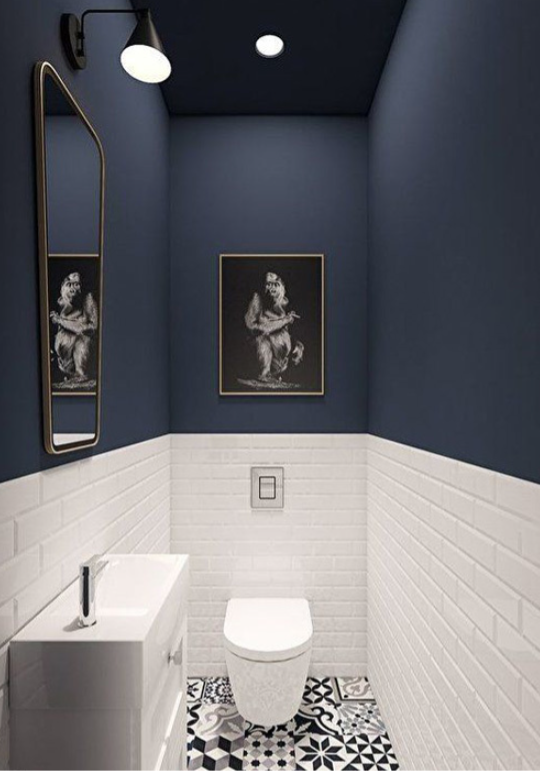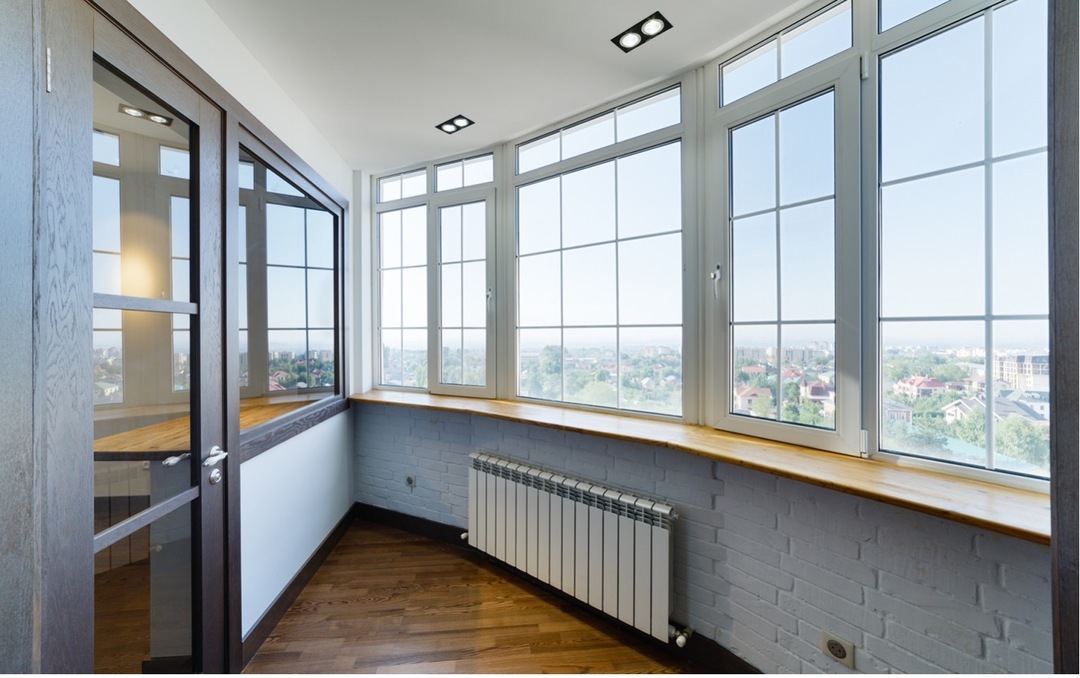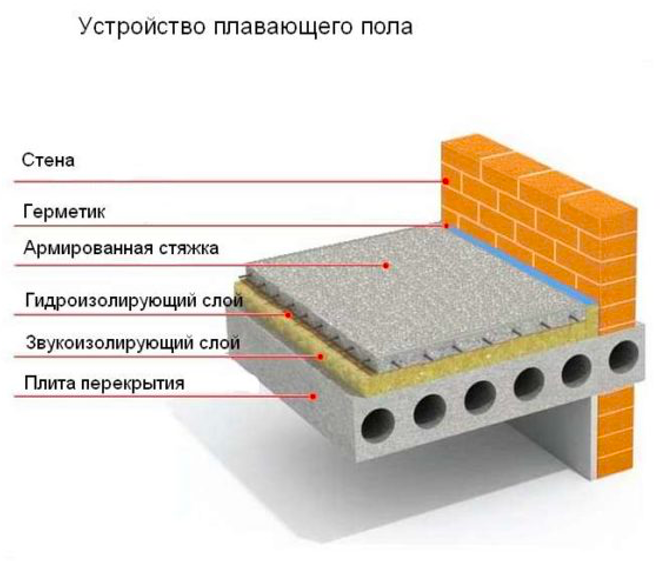Insulation of the attic with polystyrene foam is one of the main ways to protect the attic from the cold. The material is lightweight, affordable, resistant to moisture and has low thermal conductivity. However, it is brittle, so care should be taken during installation. Step-by-step instructions and a description of the process for laying sheets are presented in this article.
The content of the article
- Material selection and calculations
- Step-by-step instruction
Material selection and calculations
Attic insulation with foam from the inside has its advantages and disadvantages. To get the highest quality result, it is recommended to choose the PSB-S 15, 25 or 35 brand. The number means density - respectively 15, 25 or 35 kg / m3. Sheets have dimensions of 2000 * 1000 mm, while the thickness can vary from 20 to 500 mm.
Insulation of the attic with this type of expanded polystyrene provides several advantages:
- good protection from the cold;
- affordability;
- ease of installation;
- soundproofing;
- moisture resistance;
- resistance to mold and decay;
- safe chemicals.
At the same time, attic insulation with foam plastic has pros and cons:
- fragility;
- the material does not allow air to pass through, so you need to take care of ventilation;
- in the event of a fire, it melts and releases harmful substances.
Insulation of the mansard roof with foam plastic is quite justified, since the material is inexpensive and has a low thermal conductivity. It is fixed from the inside between the cells of the frame, then a vapor barrier and finishing material are placed, as shown in the diagram.
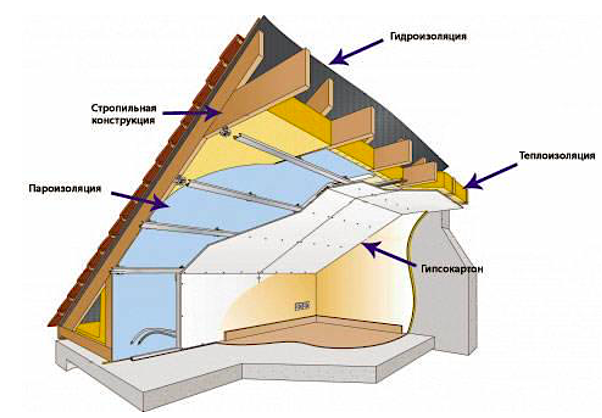
As you can see, the insulation of the mansard roof with foam plastic is represented by a “sandwich” of 5 layers. Moreover, before starting work, it is necessary to calculate the amount of insulation. For this, online calculators are used, but they give only an approximate result. More accurate calculations are carried out independently.
To do this, they are guided by the coefficient of thermal conductivity of the foam, which is 0.04 W / m * K. Based on this, we can say that the thickness should be about 135-155 mm. It is better to take with a margin, i.e. from 160 mm = 16 cm. Further, this value is multiplied by the total area of the attic ceiling, for example, 50 m2. It turns out that attic insulation with foam plastic will require 50 pieces of standard sheets or 8 m3, if you count in cubes.
Step-by-step instruction
To insulate the attic with polystyrene foam, it is necessary to prepare improvised means, tools and materials:
- film for vapor barrier;
- wooden beam (square section 40 * 40 mm);
- hammer with nails;
- stapler for construction work;
- knife with a sharp blade;
- assembly foam.
First, the thickness of the insulation for attic insulation is calculated, the scheme is determined - this option can be taken as a basis.
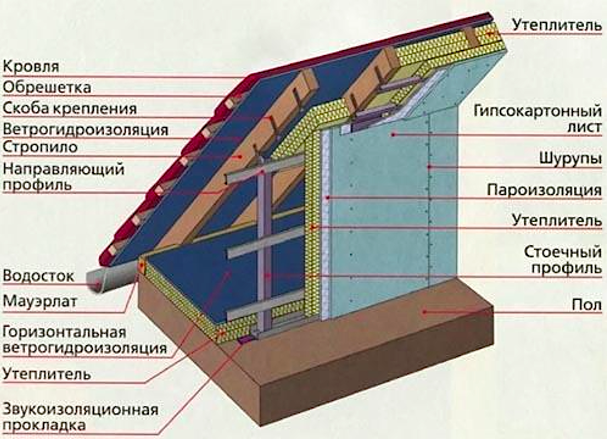
The technology itself is as follows:
- A wooden crate is mounted from a bar with a width approximately equal to the thickness of the beams.
- There is no doubt whether it is possible to insulate the attic with foam. The material is quite suitable if you correctly determine the thickness. According to the calculation, it should be 155-160 mm. It is laid in two layers, creating an emphasis for an air gap of 3 cm. On the rafters, with the help of clamps, stops are fixed with a small interval from the waterproofing material - 13 cm.
- The next step of the instruction on how to insulate the attic with foam is related to measuring the width of the cells between the rafters. In accordance with this value, insulation boards are cut. They should enter almost freely or with little effort so that the material does not collapse.
- Now you need to understand how to properly insulate the attic with foam. The plates are placed on stops and fixed with a special glue (foam). The gaps are also filled with adhesive. And you need to wait a few minutes for it to freeze well in the air.
- After installing the first layer of foam, cut off the remaining parts of the adhesive so that the second layer fits as tightly as possible. This is the right attic insulation technology.
- Apply adhesive foam on the surface of the rafters, as well as on the first layer. When it begins to harden, install the plates so that they cover the seams (joints) of the previous layer.
- Too much pressure on the plates is not worth it. It is good if an air gap remains as a heater, i.e. a gap of about 5 mm.
- Then install the vapor barrier. The films are fixed with a construction stapler on the crate. This is done so that the insulation of the attic floor with foam plastic lasts as long as possible.
- The last stage is finishing, for example, with drywall sheets or OSB-type panels.
Insulation of the ceiling with foam must be carried out taking into account the thickness of the insulator layer. It is better to take with a small margin and carry out work in 2 stages. For example, first lay sheets of 10 cm, and then - 12 cm. It is better if the thickness is greater than required, because then the EPS attic insulation will really provide an acceptable temperature even in harsh winters.
In some cases, combined foam + mineral wool insulation is also implemented. Moreover, the first material is placed from the inside, and the second - closer to the roof. It is worth considering that cotton wool can be severely damaged by moisture. Therefore, you will need a sealed vapor and waterproofing.
